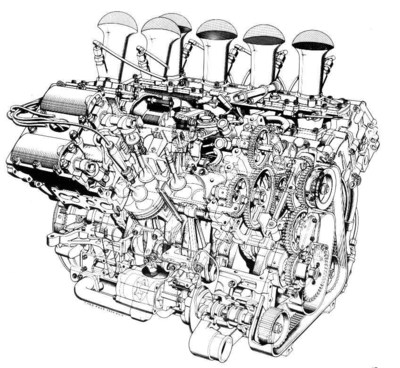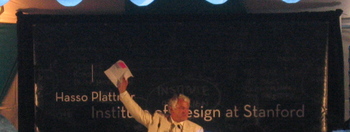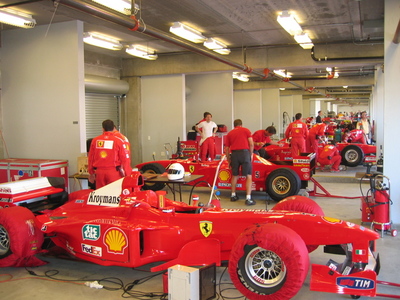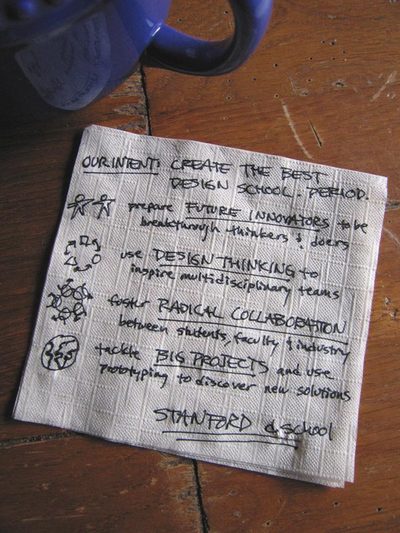Another list. Here are my favorite reads of 2004. No claims to comprehensiveness or consistency, and not all were published in the past year; just a list of books that made me think different in 2004:
On Intelligence, by Jeff Hawkins: an elegant book on the nature of intelligence and how the brain works. The good news for metacool readers is that "real intelligence" is the way that designers think.
The System of the World, by Neil Stephenson: third in the baroque triology, capable of stimulating latent nerdism, and a helluva of a long book, it continues Stephenson's fascinating journey through the origins of modern finance and computing. I loved every page of it. Not for everyone, which is refreshing.
The Innovator's Solution, by Clayton Christensen: forget the hype, the content is outstanding. Clay tested the ideas in this book on my class at Harvard Business School, and yet I still find something fresh and interesting each time I go back to its pages. The chapters on need-based market segmentation strategies are excellent.
Porsche: Excellence was Expected, by Karl Ludvigsen: perhaps the best business book of 2004, unfortunately Excellence is marketed as a car book, which will keep it out of the mainstream. In a world where marketing-led "brand building" is an oxymoron, Ludvigsen shows how Porsche built a brand with deep integrity piece by piece, slowly evolving it over time. His discussion of the genesis of the Porsche Cayenne SUV also shows how quickly a brand can be diluted and maimed by managers out to make a quick buck.
Orbiting the Giant Hairball, by Gordon MacKenzie: any book recommended by both Richard Tait and Bob Sutton (both proponents of humane business practices, and really good guys themselves) has to be good, and Hairball delivers. Look, any organization will have its problems, and those problems can seem particularly nasty when seen from the inside. The real question is: do you care enough about those problems do something about them? Hairball is a guide to engaging with an organization to help solve its problems without losing your soul. It also contains some great advice about dealing with nasty behaviors in the workplace, including teasing, which has run rampant in every org I've ever worked in.
Emotional Design, by Donald Norman: if you haven't noticed, I'm
quite taken by this wonderful piece of thinking. His
Visceral-Behavioral-Reflective model of human cognition is a powerful
way to understand slippery concepts like brand and meaning, making this
one of the most important books on marketing (where marketing is the process of understanding human needs and creating offerings to meet those needs) to come out in years. His
message about beautiful things working better is important, too. Read
this one.









